Europe’s best-kept secret
LISBON - I awoke from a nap on the bus and was visually assaulted by a most majestic landscape. As far as the eye could see, I witnessed dramatically steep slopes, painstakingly terraced and lined with rows of grape vines that, to this day, are hand-harvested. Blessed with beautiful weather that day, the sky was clear enough for us to see the mountains fade into the distance. The valley was bathed in a golden light, showing off the stunning colours of autumn — reds, browns, and a sprinkling of green. And at the base of the slopes, the snaking Rio Duoro, roughly translated to “river of gold”.
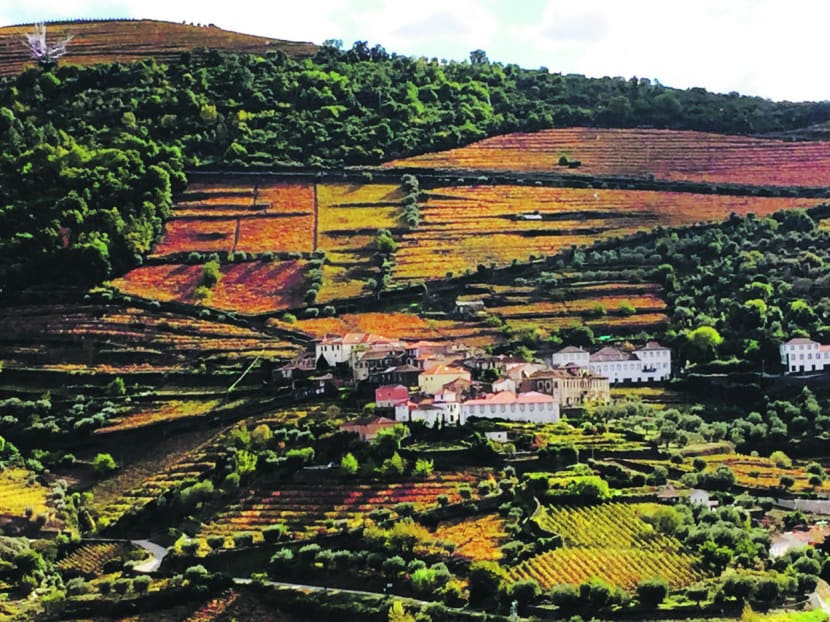
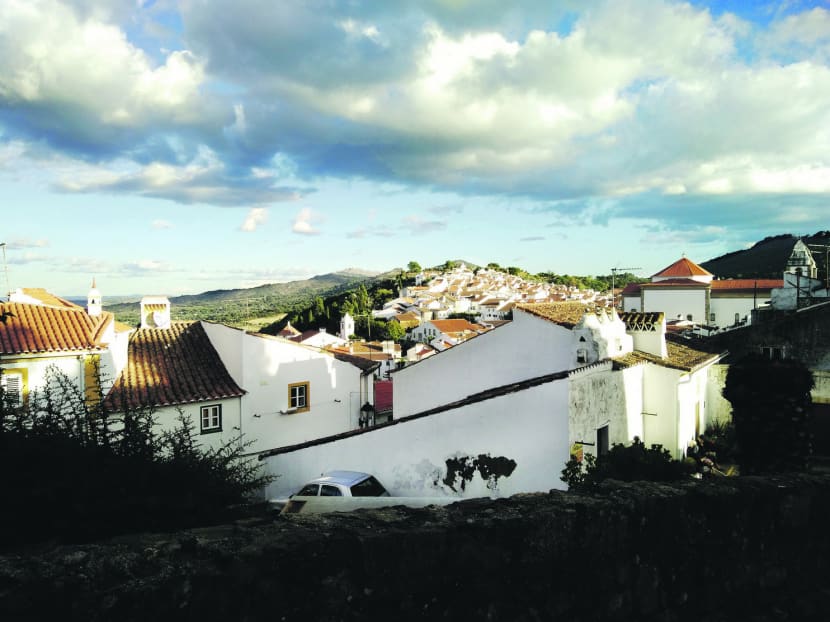
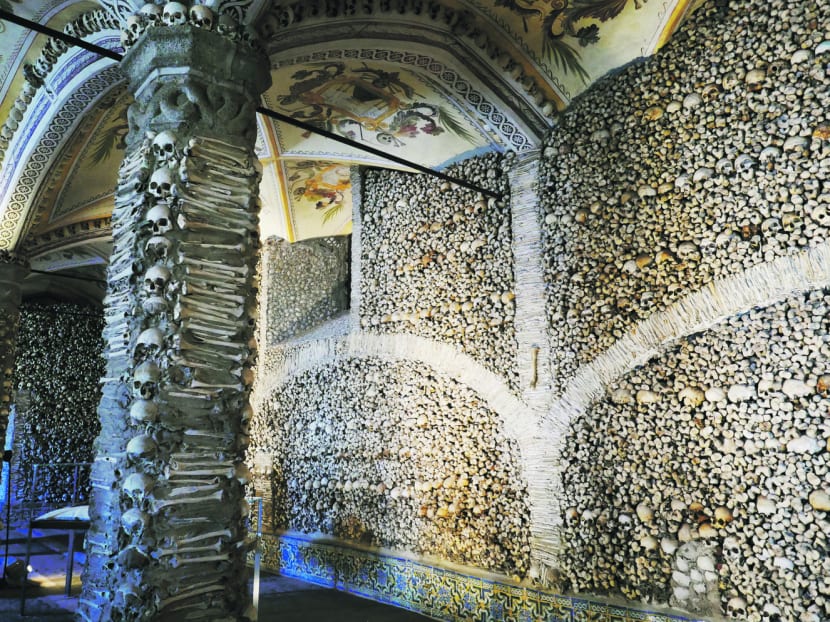
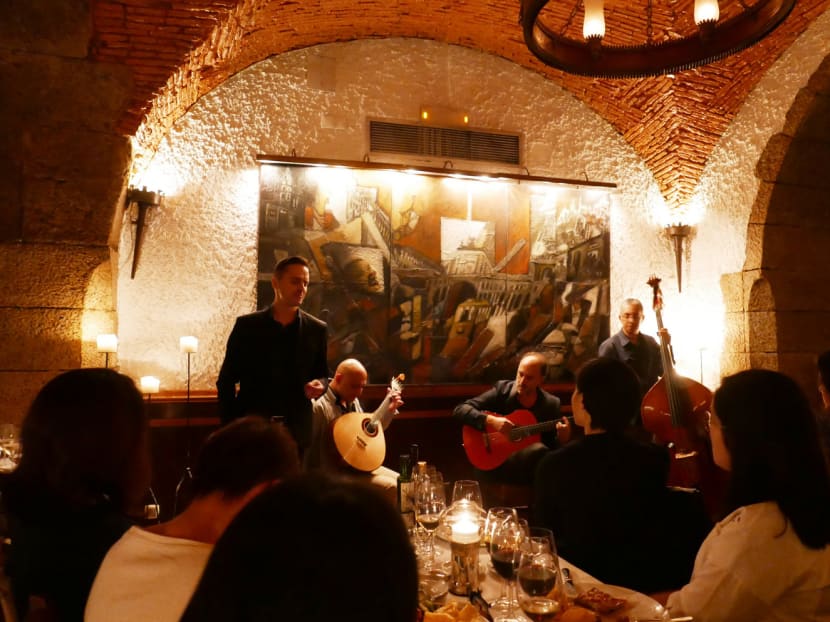
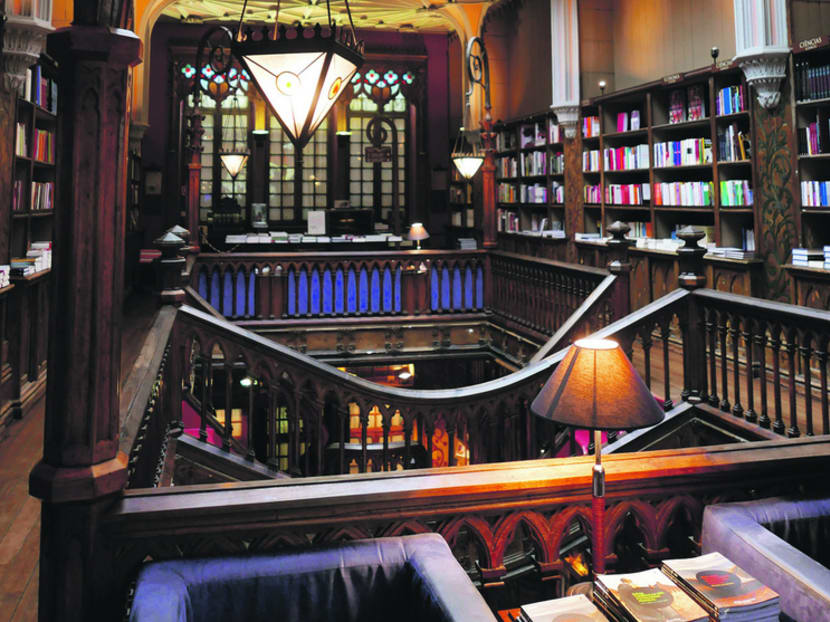
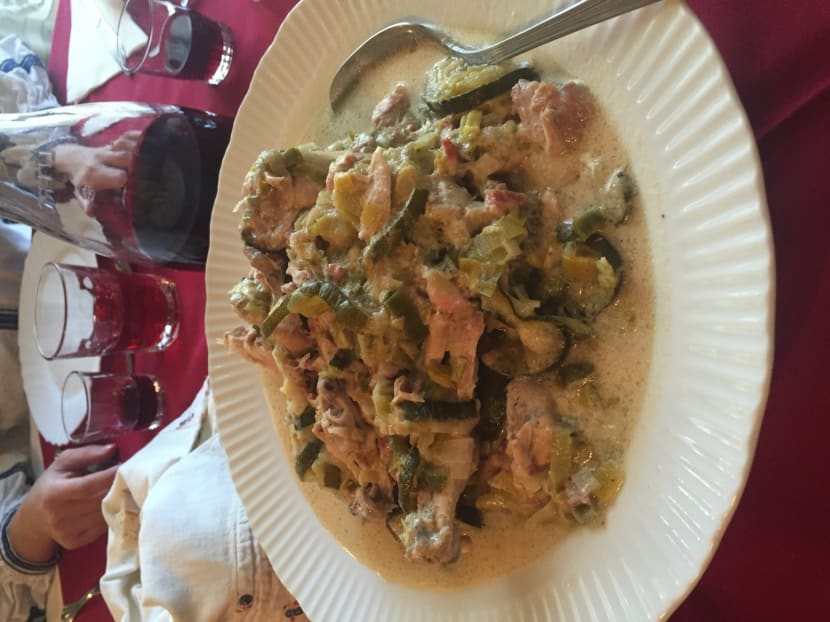
LISBON - I awoke from a nap on the bus and was visually assaulted by a most majestic landscape. As far as the eye could see, I witnessed dramatically steep slopes, painstakingly terraced and lined with rows of grape vines that, to this day, are hand-harvested. Blessed with beautiful weather that day, the sky was clear enough for us to see the mountains fade into the distance. The valley was bathed in a golden light, showing off the stunning colours of autumn — reds, browns, and a sprinkling of green. And at the base of the slopes, the snaking Rio Duoro, roughly translated to “river of gold”.
This was the Duoro Valley in north Portugal, a magnificent mix of nature, terrain and the human spirit; Unesco World Heritage Site; the world’s oldest demarcated wine region responsible for producing port wine … and one of the many surprises Portugal had in store for me on my week-long trip with Trafalgar Tours.
THE EUROPEAN UNDERDOG
Like many people, I had never really considered Portugal a single-country travel holiday. And as travel director of Trafalgar, Pedro Pinto, reveals, most people who travel with Trafalgar do a day or two in Lisbon, maybe Porto, but the star remains Spain.
Portugal is dwarfed in size by popular destinations such as Italy, France and Spain. It doesn’t have a world-famous wine region like Bordeaux, the romance of Paris, the history of Rome, the buzz of Barcelona, or pasta.
But it is a pity that most people do not see more than Lisbon. Portugal is more affordable, safe (petty crime is rare, even in Lisbon) and significantly less crowded than the usual European hotspots.
NAZARE: Sun, surf, and seafood
Nazare hit the headlines in 2011 when Hawaiian surfer Garret McNamara broke records by riding a giant 23m wave. Since then, thrill seekers from all over the world make their pilgrimage to this seaside resort.
For the less adventurous, it is definitely still worth making the two-hour drive from Lisbon to this traditional fishing village. In summer, locals flock to the beach, but when we were there in November, it was quiet and ideal for strolling along the promenade where you would see one of the most beautiful beaches in Portugal, colourful traditional boats on the sand, and a zone where fishermen’s old wives stick to the age-old tradition of sun-drying fish.
Definitely have lunch at Nazare. At Restaurante O Tamanco, the highlights were grilled sardines and a fish stew made with the catch of the day, and onions, parsley, garlic and tomato. Coupled with a copious amount of wine (table wine is ridiculously affordable in Portugal), it was the lazy afternoon dreams are made of.
FATIMA: KEEPING THE FAITH
For devout Catholics, Fatima in central Portugal needs little explanation. In the small town of Fatima in 1917, tens of thousands of people witnessed an apparition, and today, it is a popular pilgrimage site. Next year marks the 100th anniversary of this modern miracle of Fatima, and over a million visitors are expected.
At Fatima, I discovered one of the most pleasant things about Portugal. I had expected Fatima, with its religious significance, to be packed with tourists. And while Fatima will be buzzing with pilgrims between May and October, when we were there, the assembly ground facing the basilica was empty. Even inside the neo-classical basilica and the new Church of The Holy Trinity, I could take my own sweet time to appreciate details such as the dazzling mosaic mural in the new church.
PORTO: OF MUGGLES AND WIZARDS
Skipping Porto when you are in Portugal would be a mistake. It is a living, breathing museum. Porto was not affected by the great earthquake in 1755 that destroyed two-thirds of Lisbon, so much of the medieval old city still stands. Of the old city, Cais da Ribeira is the most picture-perfect. Situated on the banks of the Duoro River, what was once the commercial centre in Roman times is now a United Nations Educational, Scientific and Cultural Organisation (Unesco) World Heritage site. The line of tall, narrow buildings in pretty pastel colours facing the river makes for a great photo-op, but venture into the narrow alleys to explore the Ribeira district, or take a seat at one of the many waterfront cafes for some port wine or Porto’s traditional dish, tripe and white bean stew, and watch the boats sail by.
Here is another reason to visit Porto. J.K. Rowling’s first Harry Potter book was supposedly inspired by the time she spent there. It is easy to believe the claim when you step into Lello, a bookstore she is believed to have spent time in. The dramatic spiral staircase is the star of the show, but the beautifully carved bookcases, stained glass and intricate wooden ceiling make it one of the most beautiful bookshops in the world.
EVORA: A WALK THROUGH HISTORY
Set in the Alentenjo region, and an easy 90-minute bus ride from Lisbon is the town of Evora, a Roman town in the second to fourth century AD that was later ruled by the Moors from the eighth to the 12 century.
The attractions include a Roman temple. While most of Roman relics remain underground or were destroyed by invaders, this Roman temple remains well-preserved solely for the reason that for centuries, people didn’t know it was even a Roman temple until the exterior was revealed in the 19th century. Today, it is the dramatic backdrop to many open-air concerts.
The Chapel of Bones in the Church of St. Francis, a saint famous for his simple and frugal life, is another popular attraction. It was built entirely with the bones of monks as a reminder of the transience of material things. And just in case the morbid sight is not a clear enough message, there is a message above the chapel that translates to “We bones in here wait for yours”.
HIDDEN GEMS
On this Trafalgar trip, there were private and precious moments. On one day, we were the only group walking through Castelo de Vide, a pretty town of Roman origin that was later the medieval Jewish quarter. We walked on narrow and steep cobbled walkways through whitewashed houses, stopped for a drink of water from a Renaissance fountain, before reaching a 14th-century castle. All while snacking on a Jewish sweet treat Pedro had arranged for us — Boleimas, a flaky apple cinnamon pastry made by an old lady who lived in the town.
But one of the most special moments of the trip was the “Be My Guest” experience — a signature series of Trafalgar tours where tour groups are hosted by a local family. On this trip, our “Be My Guest” experience took place at Herdade do Monte Negro, an over-200-year-old family-owned stud ranch.
Lunch was at the family’s home on the ranch, and was a simple meal of pumpkin soup with toasted almonds, chicken cooked with mustard, cream and vegetables grown on the grounds, and a honey pudding. Maria, our host constantly came to check on us, offered us seconds and thirds (I always said yes), and much like having a meal at Mum’s, she was always happy to clear the empty plates. Portuguese hospitality, like the country, is unassuming, genuine, and endearing.
This trip is made possible by Trafalgar tours.





